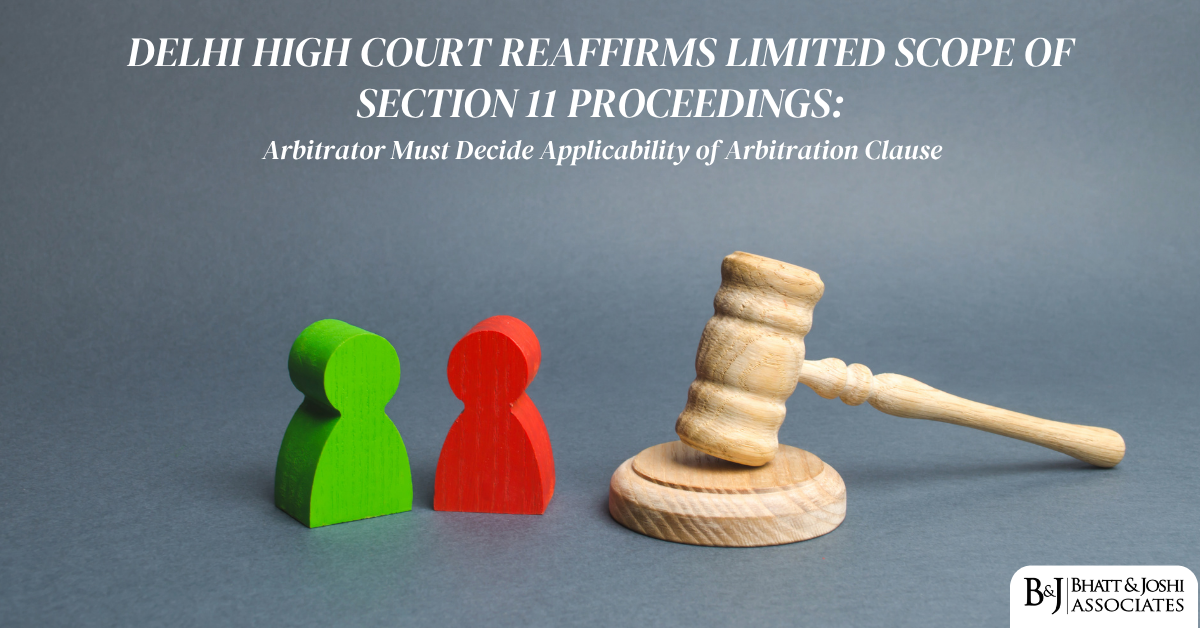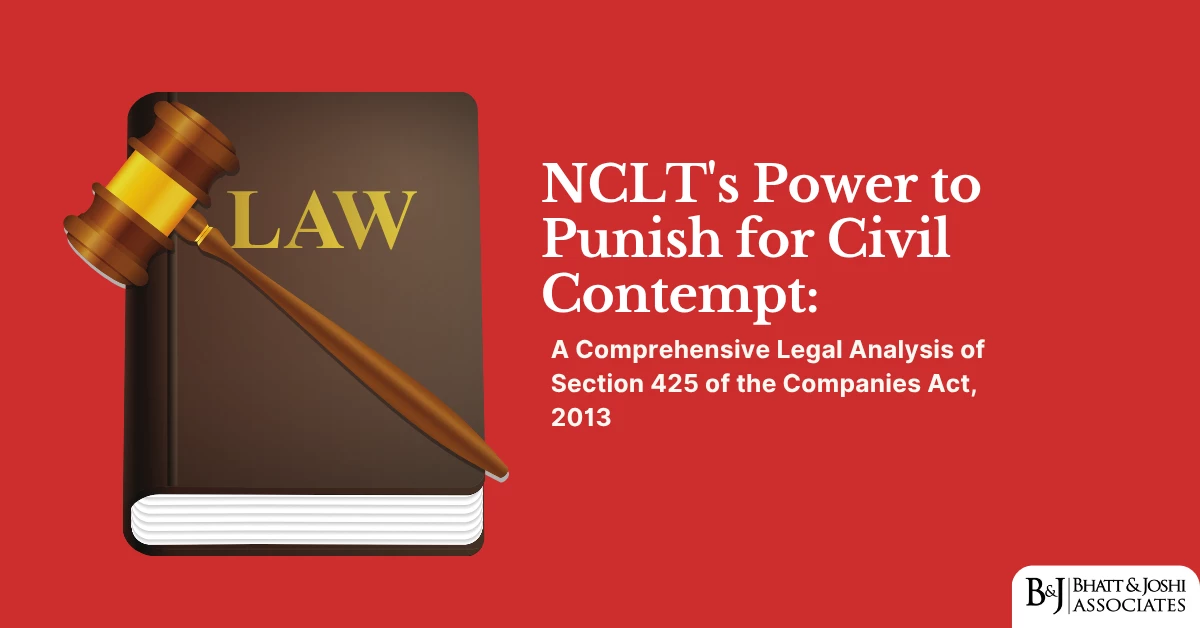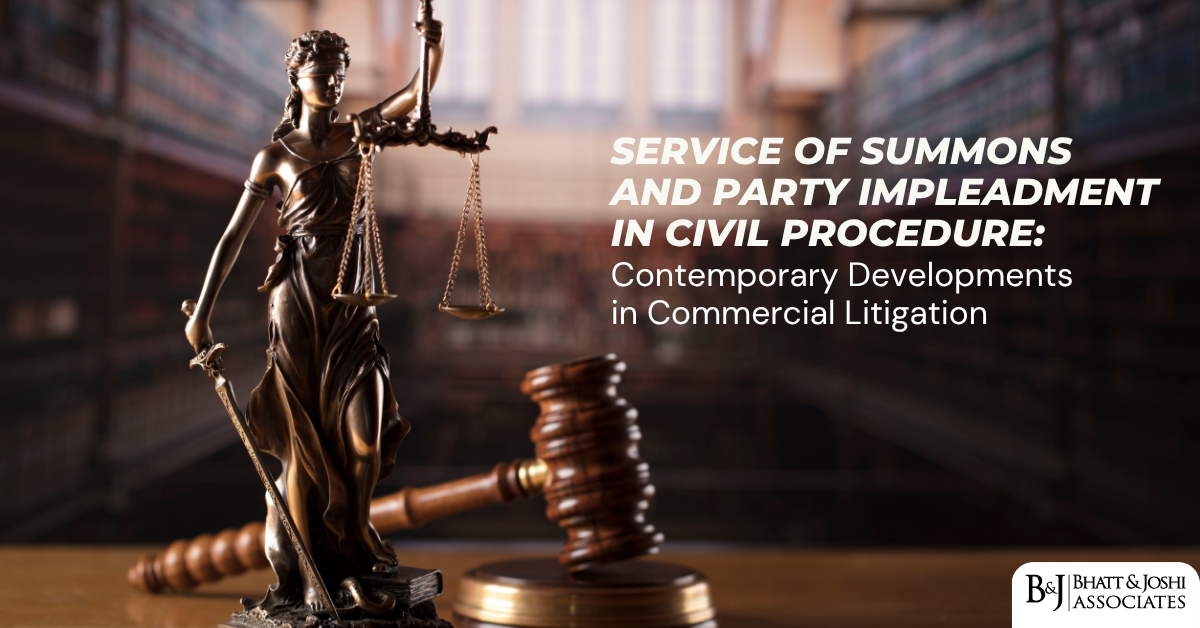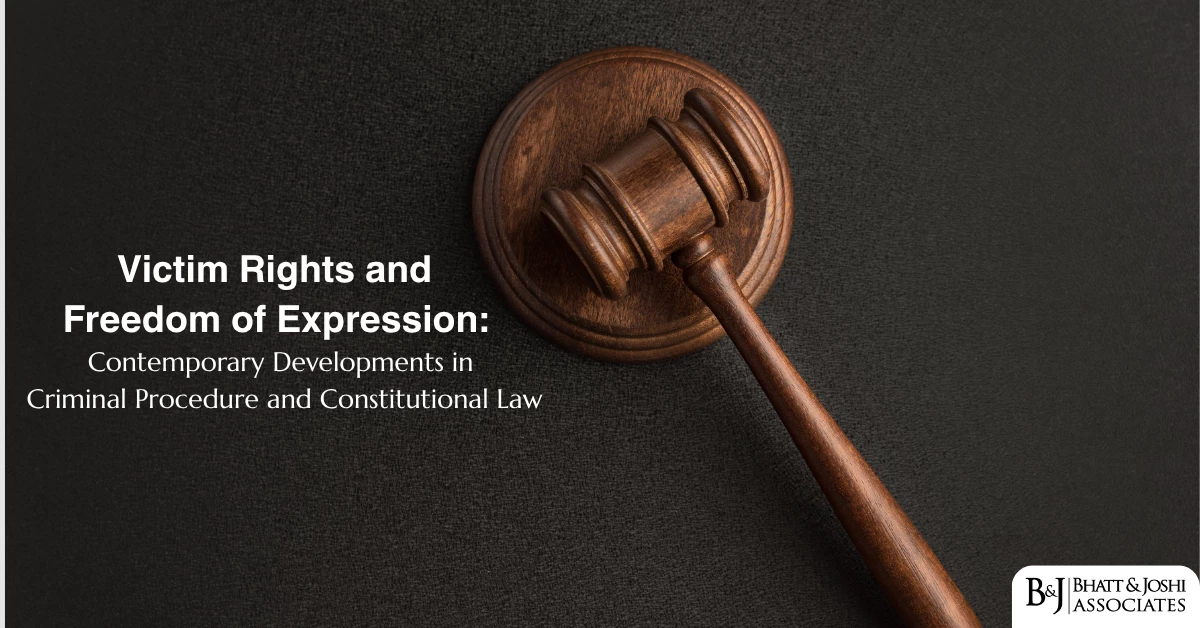Introduction
The demolition of tenanted buildings has become a contentious issue in landlord-tenant disputes, especially when used as a strategy to bypass formal eviction processes. This analysis examines the legal principles, arguments, and landmark judgments that protect tenant reallotment rights after the demolition of rented premises
The Doctrine of Colorable Exercise of Power
At the heart of tenants’ reallotment rights is the principle that what cannot be done directly cannot be accomplished indirectly. This legal concept protects tenants from landlords who might use demolition as a pretext to evict tenants without following established legal procedures.
Legal Foundation of the Doctrine
The doctrine of colorable legislation, which applies similarly to administrative actions, establishes that authorities cannot do indirectly what they are prohibited from doing directly. As articulated in multiple cases, the doctrine “really postulates that legislation attempts to do indirectly what it cannot do directly.” This principle is fundamental in protecting tenants from arbitrary eviction through demolition.
Application to Demolition Cases
Courts have recognized that demolishing buildings to circumvent tenant protection laws constitutes a colorable exercise of power. When landlords cannot legally evict tenants under rent control laws, they cannot achieve the same outcome by simply demolishing the building and refusing reallotment. This principle is especially relevant in cases where municipal demolition orders are used as pretexts for eviction.
Survival of Tenant Reallotment Rights After Demolition
A significant legal argument supporting tenants’ reallotment rights is that tenancy rights extend beyond the physical structure to the land beneath it.
Tenancy Rights on the Land
The Supreme Court has established that “the destruction of the tenanted structure does not extinguish the tenancy and the right of occupation of the tenant under the contract of tenancy continues to exist between the parties.” This principle was affirmed in Lakshmipathi and Ors. v. R. Nithyananda Reddy and Ors., which held that a lease of a building includes the land on which the building stands, so even if the building is destroyed or demolished, the lease is not determined as long as the land beneath continues to exist.
Bombay High Court’s Recent Affirmation
In a recent judgment, the Bombay High Court unequivocally stated that “the mere demolition of a building will not affect the petitioners’ alleged tenancy rights and that they will be entitled to be reconstructed as tenants when the building is reconstructed.” This clearly establishes that tenancy rights survive demolition and entitle tenants to reallotment.
Statutory Provisions Supporting Tenants’ Reallotment Rights
Various statutes contain provisions that protect tenants’ rights to reoccupy premises after demolition and reconstruction.
Mumbai Municipal Corporation Act Section 499(6)
The Bombay High Court has significantly strengthened tenants’ position by interpreting Section 499(6) of the Mumbai Municipal Corporation Act to allow tenants to reconstruct their demolished premises without the landlord’s permission and recover costs from the landlord if there is no redevelopment plan within a year of demolition. This ruling explicitly empowers tenants for reconstruction post-demolition.
Tenant Reinstatement Under Various Municipal Acts
Municipal acts often contain provisions for tenant reinstatement. For example, Section 268(6) of the Gujarat Provincial Municipal Corporations Act creates a qualified right to reinstatement for persons who vacate premises following a notice. This provision establishes a procedural framework for affected occupants, although the right is contingent upon certain conditions.
Landmark Judgments Favoring Tenant Reallotment
Courts have consistently ruled in favor of tenants’ reallotment rights in several landmark cases.
Bombay High Court on Tenant-Led Reconstruction
In Anandrao G Pawar vs. The Municipal Corporation of Greater Mumbai, the Bombay High Court permitted tenants to reconstruct their demolished premises under Section 499(6) of the MMC Act. The court emphasized that “tenants’ right to seek reconstruction when owners fail to act” is preserved by law, making it clear that this right exists even without the landlord’s consent.
Supreme Court on Tenant Compensation and Reinduction
In Syed Jamil Abbas v. Mohd. Yamin, the Supreme Court interpreted similar provisions of rent control legislation, fixing a one-year timeframe for reconstruction and further directing that in case of delay, the landlord would be liable to pay monthly compensation to the tenant until complete reconstruction and delivery of possession.
Tenancy Rights Surviving After Building Collapse
Various cases have established that “the right of a tenant survives even after demolition of tenanted premises.” This principle has been applied consistently, establishing that demolition alone cannot extinguish legally protected tenancy rights.
Arguments Against Arbitrary Demolitions
Recent developments have strengthened protection against arbitrary demolitions, which further supports tenants’ reallotment rights.
Supreme Court Guidelines on Demolitions
In November 2024, the Supreme Court issued comprehensive guidelines for legal demolitions, mandating proper notice periods, due process requirements, and accountability measures for officials. These guidelines include a mandatory 15-day notice period for tenants to either challenge the demolition order or prepare before eviction, providing additional procedural protections.
Distinction Between Renovation and Demolition
Courts have established clear criteria for distinguishing between renovation (where tenant return rights are stronger) and demolition. In Two Clarendon Apartments Limited v. Sinclair, the court clarified that the test is “not dependent on the work to be undertaken, but the result and, in particular, whether the unit will continue to exist in some form after the work is completed.” This distinction is crucial for determining the extent of tenants’ reallotment rights.
Conclusion
The legal framework surrounding tenants’ reallotment rights after demolition is robust and multifaceted. Courts have consistently upheld the principle that tenancy rights survive demolition and that landlords cannot use demolition as a colorable exercise of power to bypass formal eviction procedures. The doctrine that what cannot be done directly cannot be done indirectly provides a powerful legal foundation for protecting tenants’ rights.
Recent judgments, particularly from the Bombay High Court, have strengthened these protections by explicitly recognizing tenants’ rights to reconstruction and reallotment. These legal principles ensure that legitimate tenants retain their rights to reallotment when buildings are demolished and subsequently reconstructed, preventing landlords from using demolition as a means to circumvent tenant protection laws.
Article by : Aditya bhatt
Associate: Bhatt and Joshi Associates














